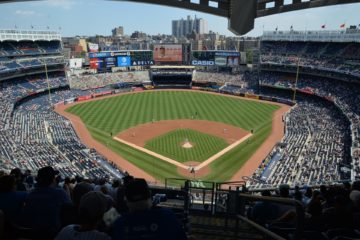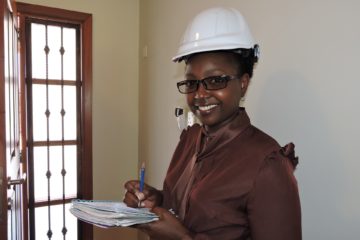We talk a lot about how great green roofs are. They have amazing benefits to both property owners and the local community. When done correctly, they can offer cost savings and add a great amenity to a residential or commercial building. But what happens when they don’t work? They don’t happen very often, but green roof failures do exist and they can be costly to a maintenance budget. In this article, we discuss the most common green roof failures and how to prevent them.
Drainage
A flat roof isn’t always truly flat. There are typically a lot of highs and lows in traditional concrete slabbed roofs. And since you’ll need irrigation to help plants develop well, good drainage is key in order to prevent a very common issue with vegetative roofs: puddles of water and wetness that perpetuate throughout the year. Before installing planting medium and the plants themselves, proper testing to see where the water goes is crucial to properly place your drains. And in addition to good placement, you also need to ensure you have enough drainage. Many people assume that since the soil and plants will absorb a lot of water that not much drainage is needed, but you probably want to be conservative in your estimate. Too much standing water can lower your plant’s survival rate and attract pests. The best way to prevent ponding is to create a 1:60 slope on flat roofs.
Soil and Plant Selection
Correct plant and soil selection are crucial for your green roof to survive. Sedums (similar to succulents) are often selected because they can survive in a variety of climates and require a growing medium that is dry and has low amounts of organic matter. But depending on the needs of your specific project, you may require shrubs or flowers to make the roof more ornamental. If this is the case, make sure you work closely with your contractor to make sure they are knowledgeable of what does best in your local climate. That means using native plants and native soil (although soil left over from the construction site may not necessarily be the best choice). If the architect or contractors are not familiar with soil and plant selection for the local region, hire a horticulturist. In Denver, many successful green roofs already exist, so we have the luxury of having a lot of examples to work from.
A Different Microclimate
A roof that sits several stories above floor level has a different microclimate than your backyard garden. Temperature and wind vary at that height, and if your green roof sits atop a skyscraper even the barometric pressure can fluctuate. You also get higher UV levels the taller you go. So plants are often exposed to very different elements and they need to be taken into account.
Erosion
Assuming you have proper drainage, erosion can be another issue especially at the edges or corners of the roof. Making sure that vegetation is sectioned and contained by edges of pebbles or gravel paving will allow good drainage of water without taking soil and plants with it. Often these “pathways” double as access for the maintenance staff, so they may already be included in the design.
Green roofs are becoming more popular every year, so the amount of knowledge surrounding their success is growing. But even contractors with good intentions can struggle with good green roof design and installation. Looking for contractors with experience will help prevent failures up front. The moral? When in doubt, hire an expert.


